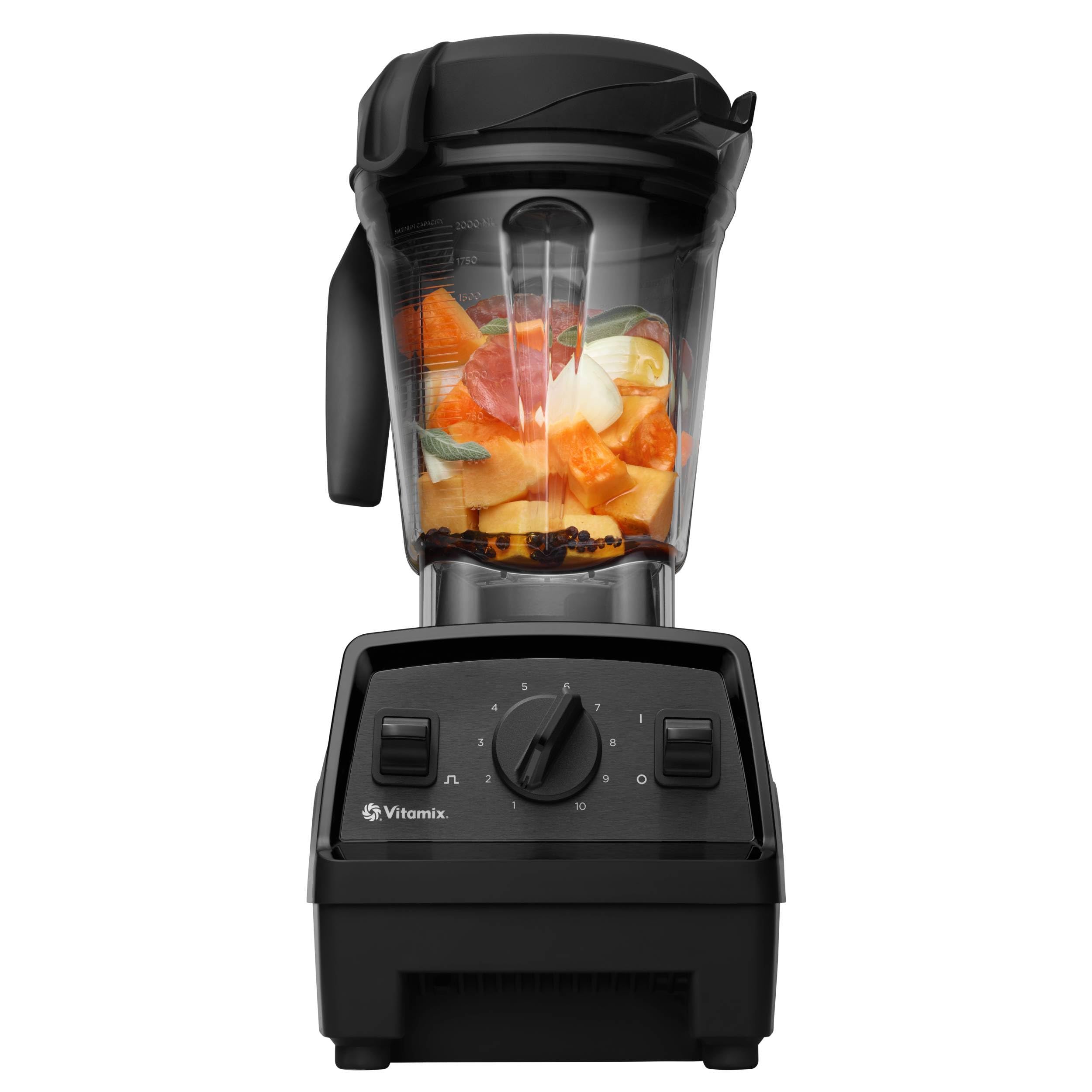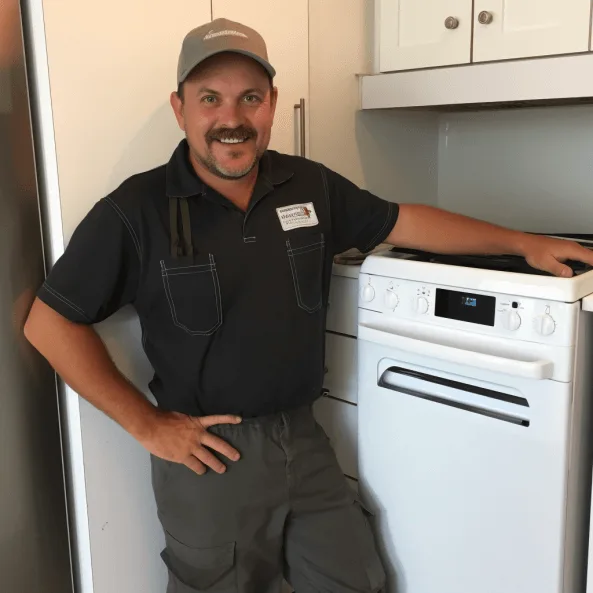Ever wondered how many ACs you can run on a 10kW solar system? Picture this: it’s a scorching summer day, and your AC is your best friend. But what if you could power more than one without worrying about high electricity bills? That’s where the magic of a 10kW solar system comes in.
Imagine being able to cool multiple rooms simultaneously, guilt-free, all thanks to the power of the sun. In this article, we’ll explore the possibilities and benefits of running multiple AC units on a 10kW solar setup. Get ready to unlock the potential of your solar investment and enjoy a cooler, more sustainable way of living.
Understanding Solar System Capacity
When considering how many air conditioning units you can run on a 10kW solar system, it’s crucial to understand the capacity of the system itself. 10kW refers to the peak power output the solar system can generate under ideal conditions. Keep in mind this value can fluctuate depending on factors like sunlight intensity and panel orientation.





Factors Influencing AC Units on 10kW Solar System
To determine the number of air conditioning units your 10kW solar setup can power, consider the following factors:
- AC Unit Efficiency: Energy-efficient AC units consume less power, allowing you to run more units on a 10kW system.
- Daily AC Usage: Monitoring your daily AC usage helps in estimating how many units you can operate simultaneously.
- Other Appliance Usage: Remember to account for the power consumption of other appliances connected to the solar system.
Calculating AC Units on a 10kW Solar System
An average residential AC unit may consume anywhere from 1.2kW to 3.5kW per hour. With a 10kW solar system, you could potentially run:
| Average AC Unit Consumption | Number of AC Units Possible |
|---|---|
| 1.2kW | Up to 8 units |
| 1.5kW | Up to 6 units |
| 2.0kW | Up to 5 units |
| 2.5kW | Up to 4 units |
| 3.0kW | Up to 3 units |
| 3.5kW | Up to 2 units |
Managing Your Solar System effectively
To make the most of your 10kW solar system and run multiple AC units efficiently:
- Monitor Usage: Keep track of your daily energy consumption to avoid overloading the system.
- Consider Timers: Use timers to stagger the operation of your AC units and optimize energy usage.
- Regular Maintenance: Ensure your solar panels and AC units are well-maintained to maximize efficiency.
Understanding these aspects can help you make informed decisions on running air conditioning units on your 10kW solar system.
Calculating AC Power Consumption
To determine how many AC units your 10kW solar system can run, you need to calculate the power consumption of each air conditioning unit. Here’s how you can do it:





- Identify the wattage of your AC unit. Usually, this information can be found on the unit’s label or in the manufacturer’s specifications.
- Determine the daily usage of each AC unit in hours. This will give you an estimate of how long the unit will be running each day.
- Calculate the total power consumption of each AC unit by multiplying the wattage by the daily usage.
For example, let’s say you have:
- AC Unit 1: 1200 watts with 8 hours of daily usage.
- AC Unit 2: 1500 watts with 6 hours of daily usage.
You can calculate their power consumption as follows:
| AC Unit | Wattage | Daily Usage | Power Consumption |
|---|---|---|---|
| Unit 1 | 1200W | 8 hours | 9600 watt-hours |
| Unit 2 | 1500W | 6 hours | 9000 watt-hours |
Adding up the total power consumption of all your AC units will help you understand how much of your 10kW solar system’s capacity they will be utilizing. This calculation allows you to make informed decisions on running multiple AC units efficiently within the limitations of your solar system.
Determining the Number of ACs
To calculate the number of AC units your 10kW solar system can efficiently run, start by determining the power consumption of each air conditioner.
Here’s a step-by-step guide to help you through the process:





- Identify Wattage: Check the AC unit’s wattage. This information is usually found on a label on the appliance or in the user manual.
- Measure Daily Usage: Estimate how many hours each AC unit runs per day. Multiply the wattage by the hours to get the daily energy consumption for each unit.
- Total Power Consumption: Add up the daily energy consumption for all AC units you plan to run simultaneously to get the total power consumption.
- Compare with Solar System Capacity: A standard rule of thumb is that a 10kW solar system generates an average of 40-45 kWh per day. Compare this with the total power consumption of your AC units to ensure they fall within the system’s capacity.
By following these steps, you can determine how many AC units your 10kW solar system can effectively power. Planning and calculating in advance will help you make informed decisions on maximizing your solar system’s efficiency.
Benefits of Running Multiple ACs on a 10kW Solar System
When it comes to running multiple ACs on a 10kW solar system, there are several compelling benefits to consider:
- Energy Efficiency: By distributing the load across multiple air conditioning units, you can maximize the utilization of your solar system without overloading it.
- Comfort: Running multiple ACs ensures that different areas of your home or building can be cooled simultaneously, providing comfort to all occupants.
- Flexibility: Having the ability to run multiple ACs allows you to adjust cooling levels based on specific needs and preferences in various rooms.
- Cost Savings: While it may seem counterintuitive, running multiple ACs on a solar system can lead to significant savings on electricity bills in the long run.
- Backup: In case one AC unit requires maintenance or encounters an issue, having multiple units ensures that you still have cooling coverage while the other unit is being serviced.
To make the most of this setup, ensure that each AC unit’s wattage and daily usage are accounted for in your calculations. By carefully managing the power consumption of each unit, you can optimize the efficiency of your 10kW solar system and enjoy the benefits of running multiple ACs without compromising performance.
Tips for Optimizing AC Usage on Solar Power
When it comes to maximizing your 10kW solar system for running multiple air conditioning units, there are some key strategies you can implement to ensure efficiency and effectiveness. Here are some practical tips to help you make the most of your setup:
- Know Your AC Units: Understand the wattage and daily usage of each of your air conditioning units to distribute the load effectively.
- Use Energy-Efficient AC Models: Opt for high-efficiency units to get more cooling power while consuming less energy.
- Implement Zone Cooling: Divide your space into zones and use individual AC units to cool specific areas, allowing for targeted cooling and energy savings.
- Utilize Smart Thermostats: Invest in smart thermostats to schedule cooling based on your needs and optimize energy usage.
- Regular Maintenance: Ensure your AC units are well-maintained to operate efficiently and avoid any unnecessary energy consumption.
- Consider Solar Batteries: If feasible, add solar batteries to store excess energy generated during the day for use during peak times or inclement weather.
By incorporating these tips into your air conditioning setup powered by a 10kW solar system, you can enjoy comfortable cooling while optimizing energy usage and minimizing electricity costs.
Conclusion
You now have a range of strategies to make the most of your 10kW solar system when running multiple AC units. By understanding your AC units’ wattage and usage, choosing energy-efficient models, utilizing zone cooling, incorporating smart thermostats, maintaining your system, and considering solar batteries, you can enjoy optimal cooling, enhance energy efficiency, and cut down on electricity expenses. Implement these tips to create a comfortable and cost-effective environment in your home.
Frequently Asked Questions
How can I optimize the usage of multiple air conditioning units on a 10kW solar system?
To optimize the usage of multiple air conditioning units on a 10kW solar system, start by understanding the wattage and daily usage of each AC unit. Opt for energy-efficient models, implement zone cooling for targeted cooling and energy savings, use smart thermostats for optimized scheduling, ensure regular maintenance for efficiency, and consider solar batteries for storing excess energy. These strategies can help achieve comfortable cooling, maximize energy efficiency, and reduce electricity costs effectively.

Hi, I’m Charlie, and I cover all things laundry here at Appliance Mastery.
I’ve spent over eight years working on washing machines, dryers, and dishwashers. I also have a degree in mechanical engineering, which helps me understand how these appliances really work.
I try to make every guide clear and practical. If you’re stuck with a noisy dryer or a leaking washer, I’ll help you figure out what’s wrong and how to fix it.
